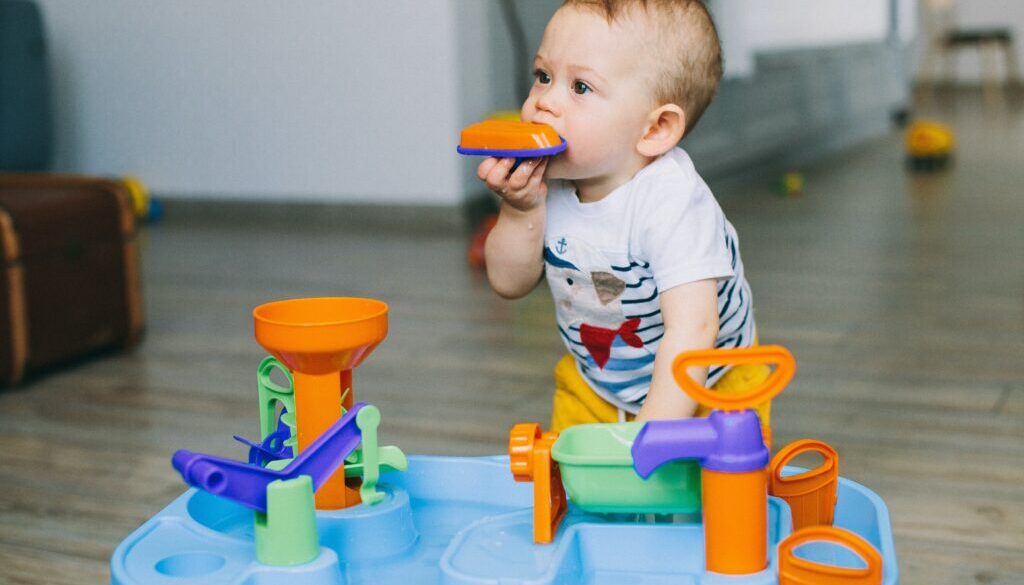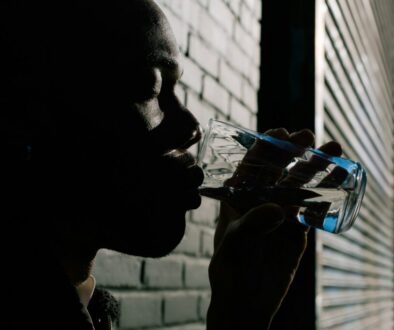Banned carcinogen found in 88% of household objects, says new study
Banned chemicals that potentially cause cancer in humans have been discovered in a wide array of household products, according to a study published today in the journal Environmental Science: Processes & Impacts.
Short-chain chlorinated paraffins (SCCPs) are a group of chemicals that are used in metalworking and the production of PVC, plastics, rubbers, and other materials. They are persistent chemicals, meaning they don’t degrade in the environment and accumulate in animals. Chlorinated paraffins have been detected in various wildlife and in human milk and blood.
The new study shows that SCCPs are still widely present in household goods despite bans on the chemicals, indicating the need for more regulatory action. Researchers found SCCPs in 84 of 96 household goods tested in Canada. All the household goods were purchased at least one year after Canada’s 2013 prohibition of the chemicals went into effect, suggesting that chemical regulation against SCCPs has not been entirely effective.
“We found [SCCPs] in almost everything, which was very surprising to us,” said Steven Kutarna, a PhD candidate at the University of Toronto and the lead author of the paper.
The 2017 Stockholm Convention listed SCCPs under their Annex A, which urges the elimination of the chemicals. SCCPs were largely prohibited in Canada in 2013 and in the US in 2012.
More than a million tons of chlorinated paraffins are still produced each year. Even in countries like Canada, where the chemicals have been prohibited, SCCPs have been detected in dust, prompting researchers to look for an indoor source of the chemicals.
Peng and his team collected 96 indoor products, including electronics, plastic toys, personal care products, and furniture, from Toronto stores and homes. They found SCCPs in 88% of the products, with the highest concentration of the chemicals found in the outer plastic coatings of two electronic devices.
The researchers also found high concentrations of SCCPs in children’s plastic toys and in toy packaging. All the toys had been purchased in 2019, a full seven years after the prohibition of use and importation of SCCPs in Canada. “The concentrations were extremely high in the toys, said Hui Peng, a professor of environmental chemistry and author on the paper. “That’s a major finding.”
The discovery of high concentrations of SCCPs in toys is especially concerning for children, given that persistent chemicals are particularly dangerous in a child’s developmental stage, and that children may be more at risk of SCCP exposure via their hands and mouths coming into contact with toys, said the researchers.
“Any parent would shudder at the thought of their baby chewing on a toy filled with cancer-causing chemicals,” said Peng in a statement.
Since the tested products were manufactured internationally, it’s likely that similar levels of SCCPs may also be found in household products in the US. In fact, international manufacturing may be the main reason for the presence of SCCPs, despite regulation.
“It may well be unintentional, because these compounds are commonly used in plastics,” said Kutarna. “It may just be that manufacturers are using plastic pellets from overseas, or [SCCPs] are getting added at some point in the production chain. It’s very hard to tell where it’s coming from.”
The high cost of testing for SCCPs, as well as the complex nature of international trade, also makes the chemicals difficult to regulate, said Peng.
However, the pervasiveness of the chemicals in common household products could “benefit from concerted and coordinated international efforts to stem their production and international trade,” the authors write in the paper.
“This is more of a regulation problem than it is something that individual consumers can deal with,” said Kutarna. “This information is not disclosed on the product, so that means there’s no way to really know if this chemical is added.”
 EWG
EWG



April 16, 2023 @ 8:33 pm
Is there a published list of the items that were tested?